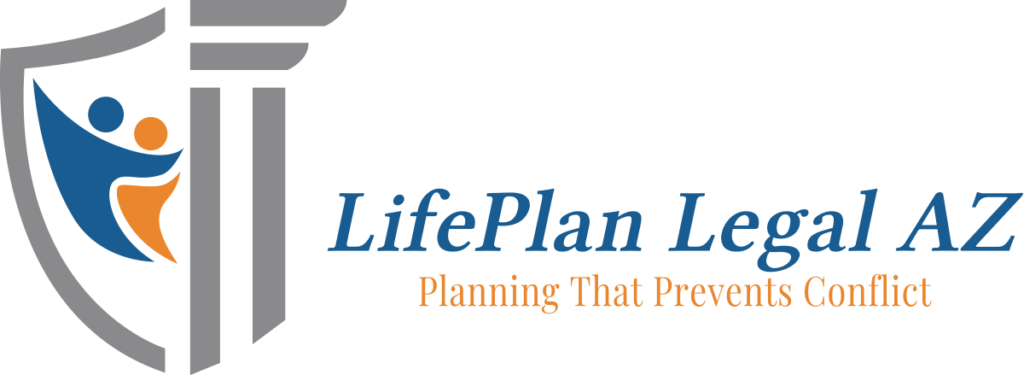Just as there are many types of retirement benefits, there are many dates to keep in mind when creating a retirement plan. Some concern when you can make larger contributions to retirement accounts and others have to do with withdrawals. Knowing the dates for each matters to your retirement planning, according to the recent article title “10 Important Ages for Retirement Planning” from U.S. News & World Report.
When should you max out retirement savings contributions? The sooner you start saving for retirement, the more likely you’ll retire with robust tax-deferred accounts. Tax breaks and employer matches add up, as do compounding interest returns. The 401(k) contribution limit in 2021 is $19,500. Wage earners can deposit up to $6,000 in a traditional IRA or Roth IRA. If you’re in your peak earning years, traditional IRAs and 401(k)s may be better, since your tax bracket is likely higher to be higher than when you started out.
Catch-up contributions begin at age 50. Once you’ve turned 50, you can make catch up contributions to 401(k)s—up to $6,500—and up to $7,000 in traditional IRAs. That’s for 2021. If you’re able to take advantage of these contributions, you can put away additional money and qualify for even bigger tax deductions.
401(k) withdrawals could start at 55. If you left your job in the same year you hit the double nickel, you can take 401(k) withdrawals penalty-free from the account associated with your most recent job. The “Rule of 55” lets you avoid a 10% early penalty, but you’ll still have to pay income taxes on any withdrawals from a 401(k) account. However, if you roll a 401(k) account balance into an IRA, you’ll need to wait until age 59½ to take IRA withdrawals without any penalties.
When does the IRA retirement age begin? The magic number is 59½. However, traditional IRA distributions are not required until age 72. All traditional IRA withdrawals are also taxable.
Social Security eligibility begins at age 62. The earlier you start collecting Social Security, the smaller your monthly benefit. Your full retirement age depends upon your date of birth, when the benefit amount will be higher than at age 62. If you work after signing up for Social Security, your benefits could be temporarily withheld if your salary is higher than the annual earnings limit. If you retire before your full retirement age and earn more than $18,960 per year, for every $2 above this amount, your benefits will be reduced by $1. Benefits will be recalculated once you reach full retirement age.
Medicare eligibility begins at age 65. Enrollment in Medicare may take place during a seven-month period that begins three months before the month you turn 65. Signing up on time matters, because Medicare Part B premiums increase by 10% for every 12-month period you were eligible for benefits but failed to enroll. Are you delaying enrollment because you or your spouse is still covered by a group health plan at work? Make sure to sign up within eight months of leaving your job or health plan and avoid the penalty.
Social Security Full Retirement Age is 66 for most Baby Boomers. 67 is the full retirement age for workers born in 1960 or later. Millennials and younger generations qualify after age 67.
If you can wait until 70, you’ll max out on Social Security. Social Security benefits increase by 8% for each year you wait to start payments between Full Retirement Age and age 70. After age 70, the number remains the same.
RMDs begin for 401(k) and IRA retirement accounts at age 72. These mistakes here are expensive! Your first distribution must be taken by April 1 of the year you turn 72. After that, annual withdrawals from 401(k)s and traditional IRAs must be taken by December 31 of each year. Missing a required distribution and you’ll get hit with a nasty 50% of the amount that you should have withdrawn.
Reference: U.S. News & World Report (July 28, 2021) “10 Important Ages for Retirement Planning”


